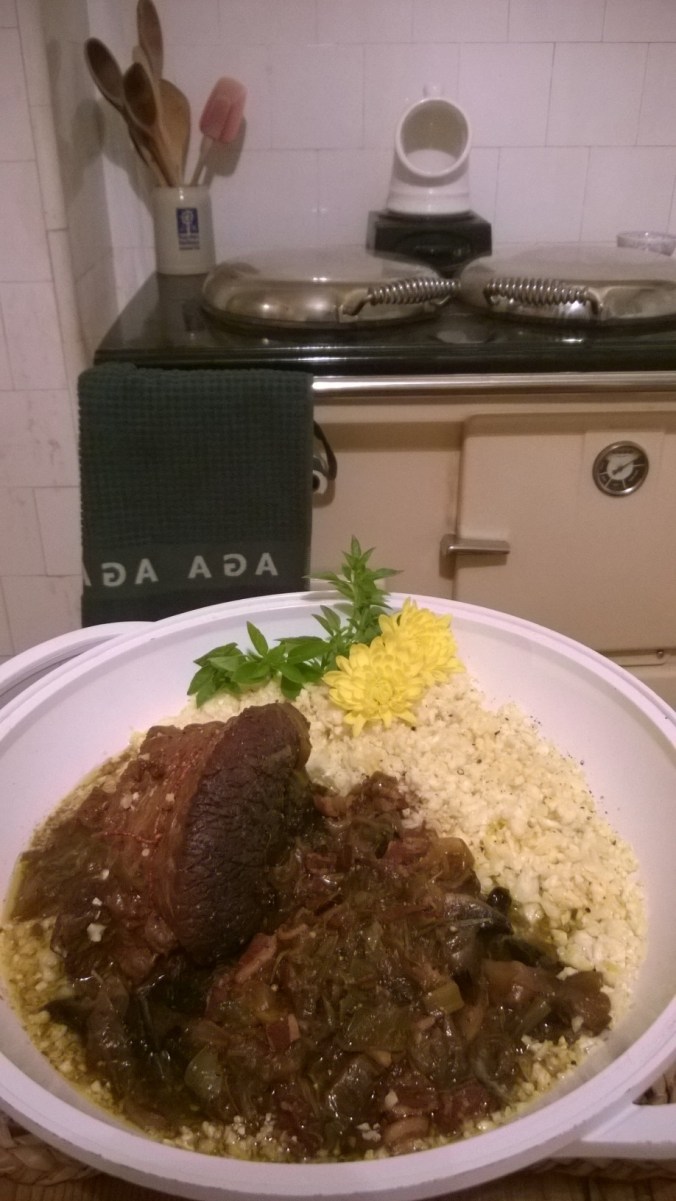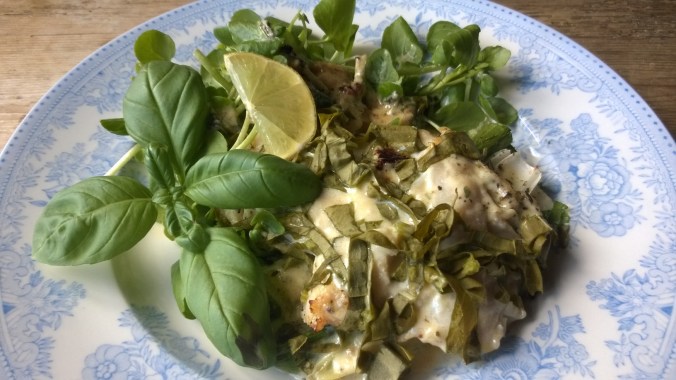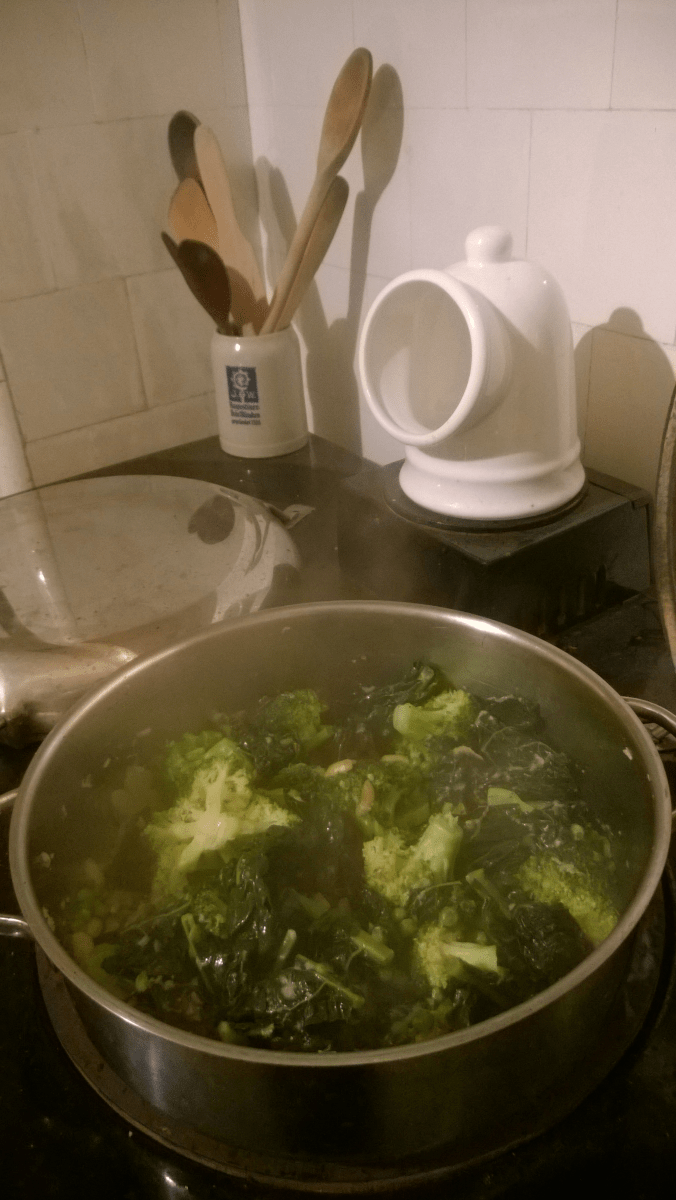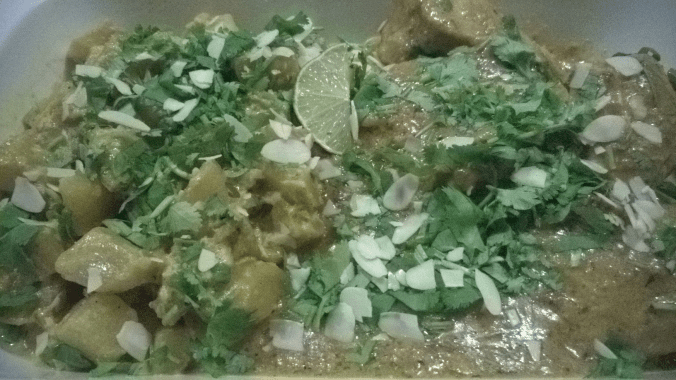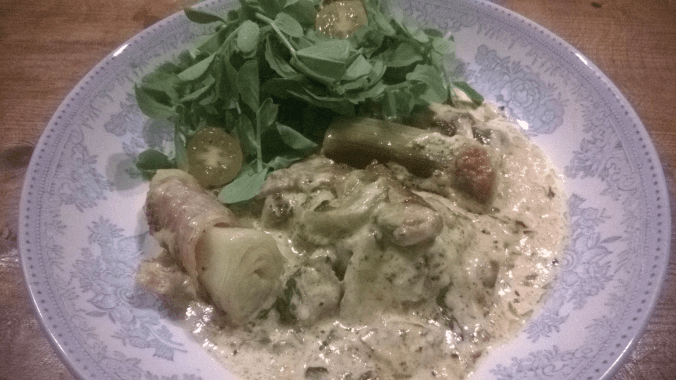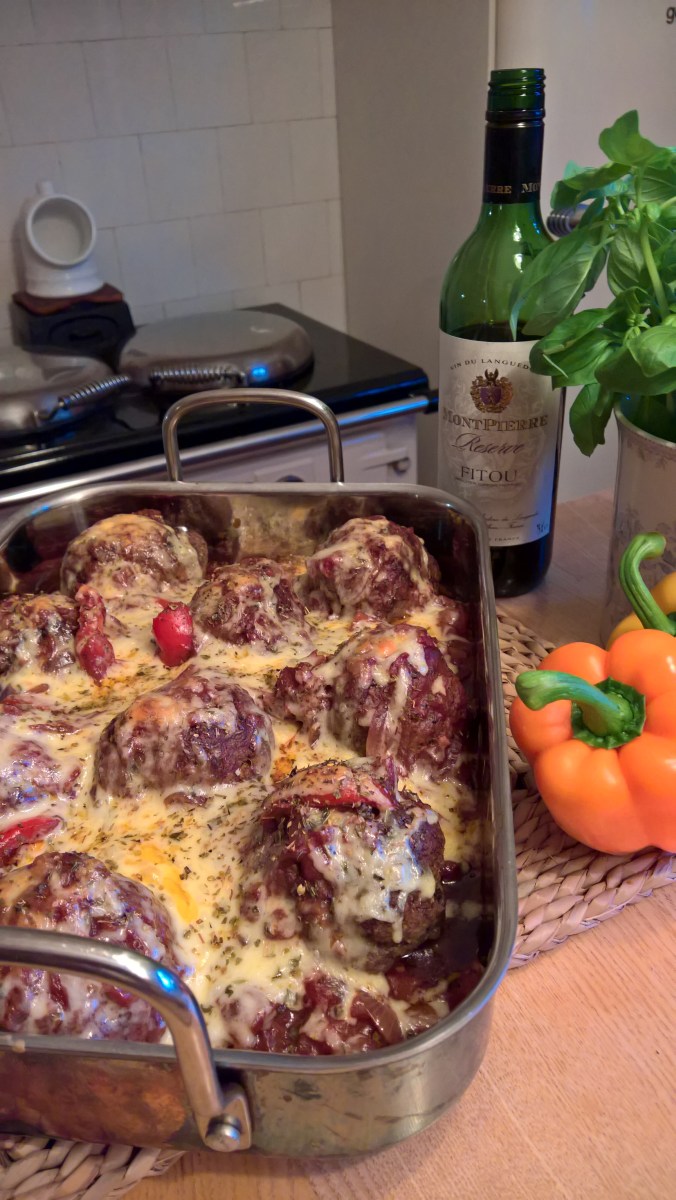
Nothing evokes more nostalgic memories of childhood than a good faggot. The nation’s firm favourite will always be the unbeatable “Mr Brain’s” [pictured below]; but alas they’re a little carb-heavy for us keto-fans; so I’ve done a paleo-friendly version which was an unmitigated success on every level!

Traditionally, faggots are made predominantly with pork. But I split these 50/50 pork and beef mince, to add succulence and richness. Where breadcrumbs and rusk normally form the binding; ground almonds, flaxseed and coconut-flour do the job every bit as well; making these sufficiently low in carbohydrate for diabetics, paleo-followers and those on a ketogenic plan.
Some people can be a little be wary of things like liver. Feel free to leave it out; but it really adds to the richness and depth of flavour. So up to you; but I firmly recommend it!
Into a large mixing bowl, add 500g of pork mince and 500g of beef mince. This quantity will make enough for 4 people, so halve the mixture if you’re feeding fewer than that. Pour in one cup of ground almonds, 2/3 of a cup of millet/flaxseed, then half a cup of coconut flour. In a food-processor, pulse a large onion, and add to the bowl; then two pork-livers until you get a semi-smooth liquid, which would happily pride the set of a Nightmare on Elmstreet [I’m showing my age here]. With a spatula, ease this into the mix; then sprinkle in a tablespoon of dried sage, another of dried oregano, than a generous grind of salt and pepper. Now beat one large egg, and add to the rest.
To form the meatballs, I tend to don a pair of disposable kitchen-gloves. If you’re feeling sustainable however, or quite simply have a thing for squishy meat-mixtures between your fingers; then go au naturel! Mix the ingredient thoroughly, until well combined; then shape into roughly the size of a hockey ball [think halfway between a tennis-ball and a croquet-ball], placing onto a large plate as you go.
In a solid sauté pan, heat a glug of sunflower or rapeseed oil [something with a high burning point, so your kitchen doesn’t fill with smoke], then add the faggots to the pan a couple at a time, sealing each one on a minimum of 2 to 3 sides. The whole thing doesn’t have to be browned, but they need to maintain their shape; hence the minimum. Once cooked, transfer the meatballs to a large deep-sided baking-tray; then into the oven they go for half an hour to 40 minutes, whilst you get on with the sauce.
In the same pan that you sautéed the faggots, lightly cook a large sliced onion and a red pepper or two. You can add any vegetables you like, such as mushrooms; I tend to use what I have knocking around or needs using up. Then crush in 3 cloves of garlic and deglaze the pan with a generous glug of red wine.
Crumble in a couple of beef stock-cubes, followed by two cans of chopped tinned tomatoes. Round off the taste with seasoning and a teaspoon each of the same herbs as above. Simmer for half an hour until the sauce is thick and glossy.
Once the sauce is ready, take the faggots out of the oven, and spoon over the sauce, topping each one nicely. Then grate a good whack of cheese, and sprinkle atop the lot, with flagrant disregard for traditional [miserable] low-fat dieters. Back into the oven they go for 20 minutes, until the cheese is unctuously melting and just starting to turn golden brown.
Serve the faggots and sauce with the vegetable of your choice. Celeriac mash would go down a treat; but we opted for simple buttered peas. You can’t beat a classic!
Thanks for reading and bon ap!
Adam.
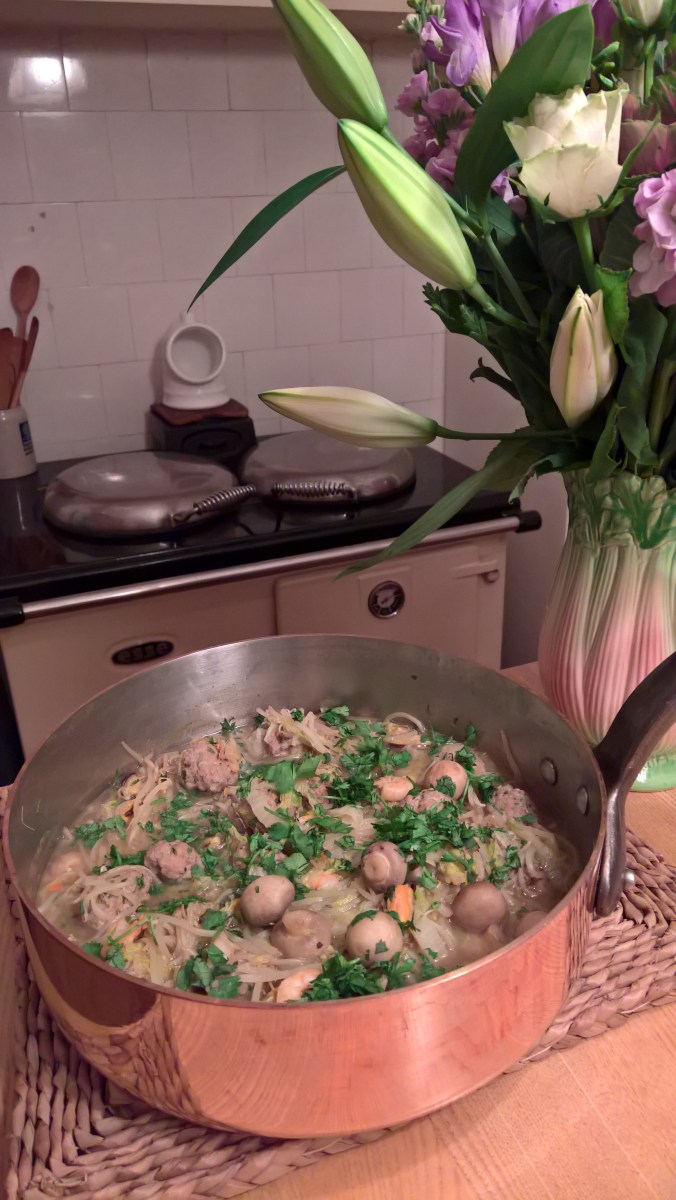 All things considered; this recipe is a winner on every level! I’m admittedly not good at oriental cuisine. My comfort zone is far more the long slow-cooked dishes of the classic European repertoire; which languish leisurely in the oven, whilst the cook enjoys the odd glass of wine or two…
All things considered; this recipe is a winner on every level! I’m admittedly not good at oriental cuisine. My comfort zone is far more the long slow-cooked dishes of the classic European repertoire; which languish leisurely in the oven, whilst the cook enjoys the odd glass of wine or two…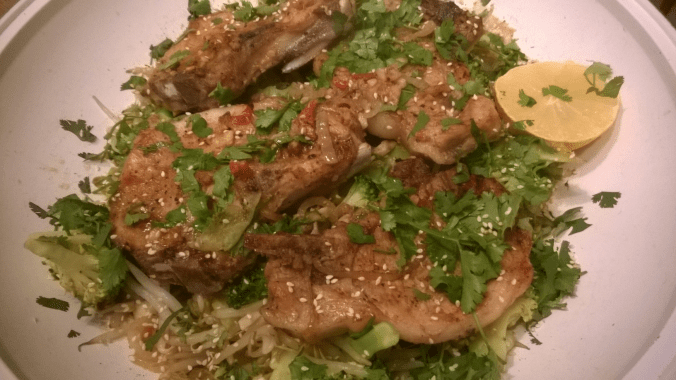 I’m often heard to say that ‘fusion food’ only leads to confusion… for the palette anyway; but this in no ways means that East & West can’t sit comfortably together on the kitchen bench, sharing the warmth of the hearth…. Well in this recipe; they not only sit, but share a generous glass of good honest ‘Scotch’ together. Confusion only kicks in therefore if they down too much of the stuff! So be sure to mark the bottle.
I’m often heard to say that ‘fusion food’ only leads to confusion… for the palette anyway; but this in no ways means that East & West can’t sit comfortably together on the kitchen bench, sharing the warmth of the hearth…. Well in this recipe; they not only sit, but share a generous glass of good honest ‘Scotch’ together. Confusion only kicks in therefore if they down too much of the stuff! So be sure to mark the bottle.